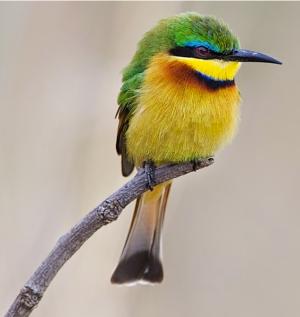Abstract

Tropical rainforests cover only 7 % of the world's land area, yet they hold the highest biodiversity of all habitats on earth and harbors over 50 % of all species. Tropical rainforests can hold such high biodiversity partly due to their complex vegetation structure. However, due to anthropogenic activities leading to loss and destruction of tropical rainforests, approximately 70 % of the world’s threatened bird species are found there. The relationship between birds and vegetation structures are important to understand to protect these species. The aim was to evaluate if the vegetation structures, woody plants, or human disturbance affect the species composition, abundance, species richness or diversity of birds in the Kakamega forest. Data on vegetation structures, woody plant species, and human disturbance were collected in vegetation surveys. In addition, bird surveys were conducted using a point count method. The results showed that plot age and basal area of woody plants affects the composition of bird species. A pattern of two groups of vegetation structure variables was revealed, one consisting of structures associated with old undisturbed forests and one consisting of structures typical of young or disturbed forests. Forest specialist species of birds seemed to be more correlated to structures associated with old undisturbed forests while forest generalists were more associated with young or disturbed forest structures. Forest specialists were more vulnerable to human disturbance compared to generalists and visitors, which means that the level of human disturbance must be held at a low level to protect sensitive species.
Responsible for this page:
Director of undergraduate studies Biology
Last updated:
06/07/20
